Insert shots are the unsung hero of filmmaking. They’re used in feature films, documentaries, and commercials. They may seem simple, but getting the most out of your insert shots is a science.
Want to know the formula? Check out this post below.
Lezgo.
Insert Shots in The Big Lebowski
Insert Shots In Film
The basics of insert shots
Insert shots are used all the time. They may seem easy and insignificant, but they are a super important part of filmmaking that many overlook.
But, before we begin…
What is an insert shot?
Insert Shot Definition
What is an insert shot?
An insert shot is any shot that’s sole purpose is to focus the viewer’s attention to a specific detail within a scene. These shots are often placed from the point of view of a character, suggesting that we see what the character sees during a moment of concentration.
These shots often use a close-up or extreme close-up size so that a viewer may read text or perceive a small detail.
What does an insert shot do?
- Focuses the attention onto a specific detail
- Uses the rules of composition to draw the eye
- Often uses a close-up point of view perspective
If you consider the insert shot definition above, you can understand how insert shots are easily forgotten, or seen as an extra-step a filmmaker must take to get some additional scene coverage.
The truth is that they’re as important as any other shot in your films. One way I like to think about insert shots is like a putt in golf:
They may seem like a short tap of the club, but they are just as valuable as your 250 yard drive off the tee, or that shot from the deep rough that “saved the hole.”
The insert shot is just one of many camera framing options. For a quick refresher on what those would be, we broke down the most common shot frames and how they work.
Ultimate Guide to Framing • Subscribe on YouTube
Insert Shots In Movies
Formula for better insert shots
There is a formula for better insert shots that includes the rules of composition, color, and timing. Combine all of these for perfect insert shots.
The videos below also feature insert shot examples so that you can see how the great directors in cinema capture effective insert shots.
Composition
When you use an insert, you want the viewer to notice something specific, so your shot size, shot angle, and camera movement all play into how the viewer feels about your various insert shots, and thus your scene.
Whatever you hope to show with an insert shot, whether it be some text or a gun hidden in a drawer, the best way to make sure it will be seen is to place it on one of the four vertices created by the rule of thirds.
Think about this while you watch this video on insert shots in Zodiac:Insert Shots in Zodiac
Place surrounding objects in the frame so that their bodies create lines that lead the viewer’s eyes to the area you hope to show. These are the basic rules of composition, and they’re the performance blocking of insert shots.
Color
Color is one of your best friends when it comes to showing off specific portions of your frame. Use the basic principles of color to draw attention, and then use color relationships to create a feeling.
Color Theory in Film — Color Psychology for Directors: Ep5
Insert shots can be highly emotional, especially if the character that interacts with the imagery in the scene is going through an emotional moment, so use color to call attention and increase feeling.
Timing
At what point should you decide to introduce your insert shot? Once you’ve decided on that, how long should you leave the shot in the edit?
These are questions of timing, and they each have a direct effect over the viewer’s interpretation of your insert shot’s importance.
Here is a video where Christopher Nolan talks about insert shots:
How Christopher Nolan Writes and Directs a Movie | The Director's Chair
You could technically begin your scene with an insert shot, which can give your scene some needed context, or you can use an insert shot in the middle of the scene to show details of a prop or some secretive action.
You can end your scene with an insert to suggest that the imagery encapsulates the meaning of the scene, or begs the viewer to consider the effect said imagery will have on future events in our story.
If you want an action to be secretive, but still seen, you can place the insert shot in the scene briefly, but if you want the insert shot to have a higher importance, you can leave it in the edit and force consideration.
Camera Framing
Explore Camera Framing
Browse camera framing techniques, and learn how to combine them with other shots, angles and camera movements for impact.
Different Types of Camera Framing
Up Next
Shot reverse shot, cutaways, coverage
Now that you know more about insert shots, make sure to check out the sister post on Shot Reverse Shot, Cutaways, and Coverage.
Then, make sure to comb through any other shot types, angles, and camera movements so that you can be a complete total visual artist.
Up Next: Shot Reverse Shot, Cutaways, & Coverage →
Showcase your vision with elegant shot lists and storyboards.
Create robust and customizable shot lists. Upload images to make storyboards and slideshows.
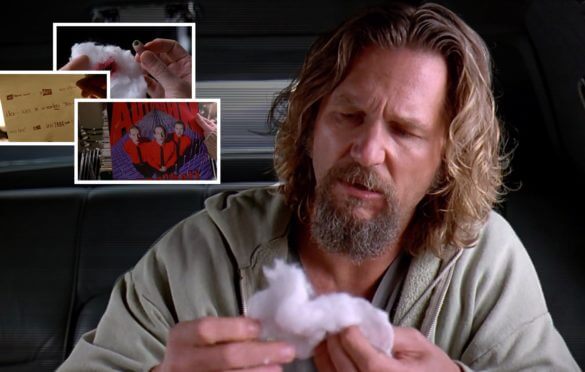
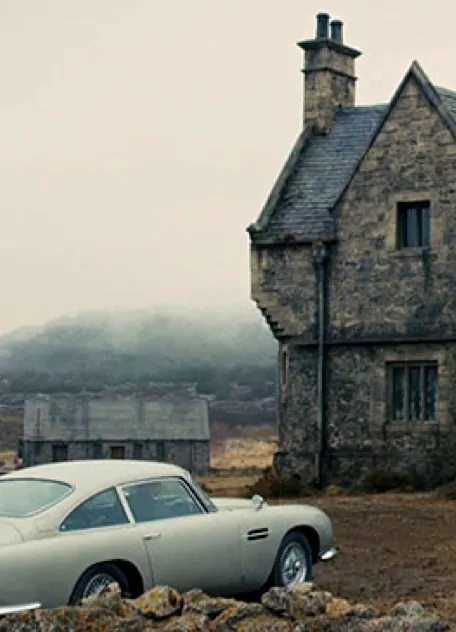
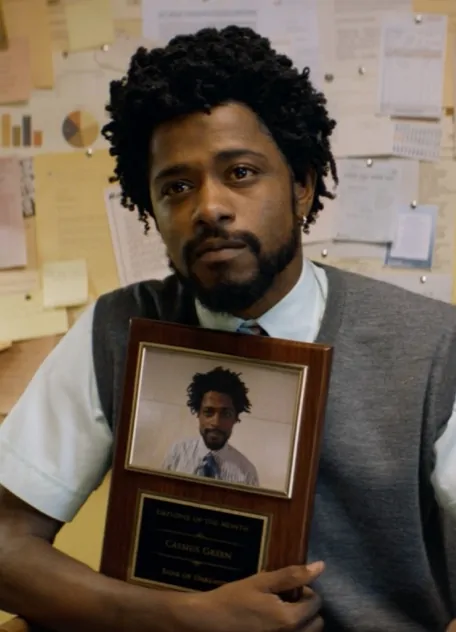
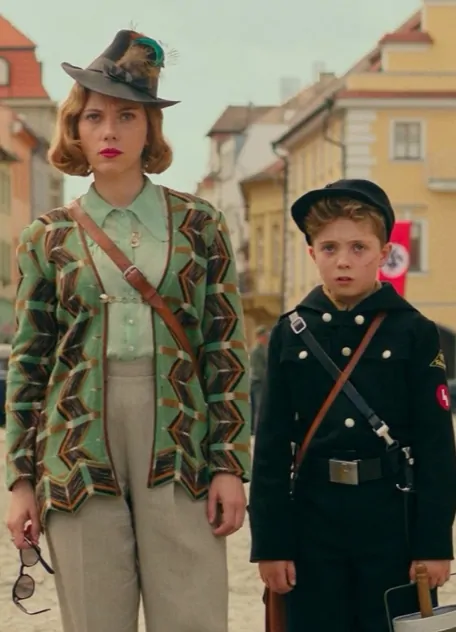
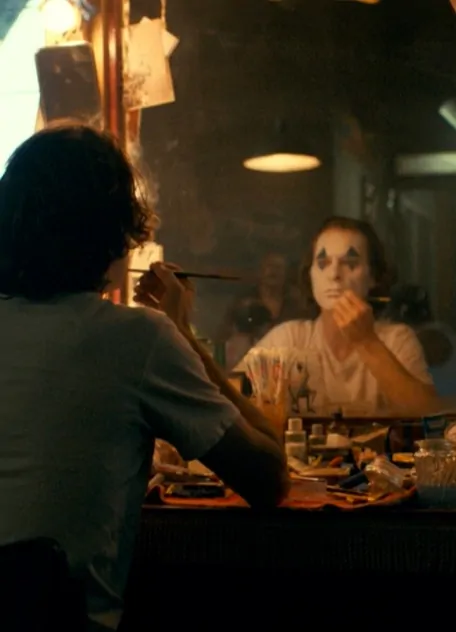
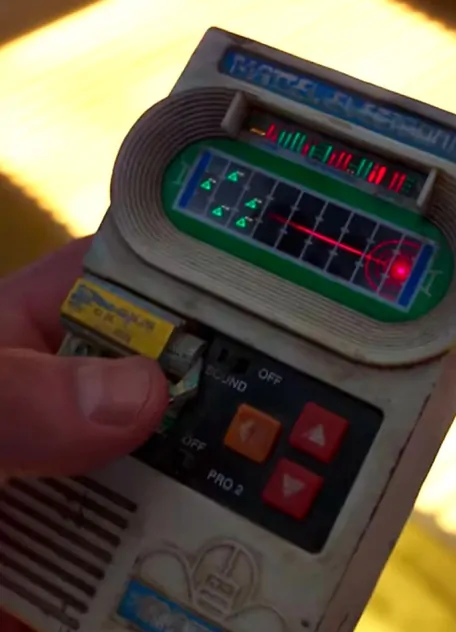
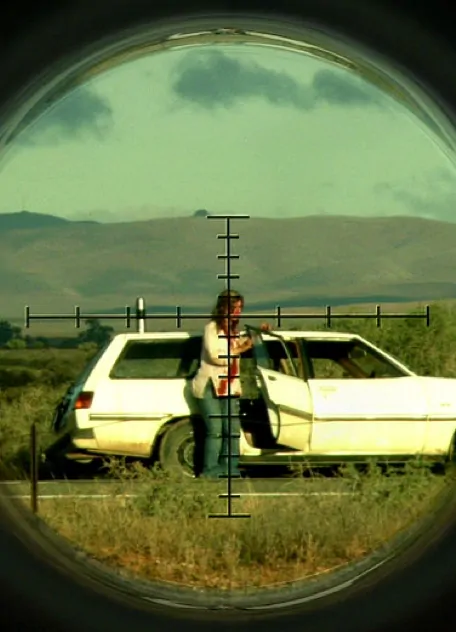
Extreamly helpful in my lowly photographic endeavors
You made me laugh Mr Martin. Good luck on your photographic odyssey.